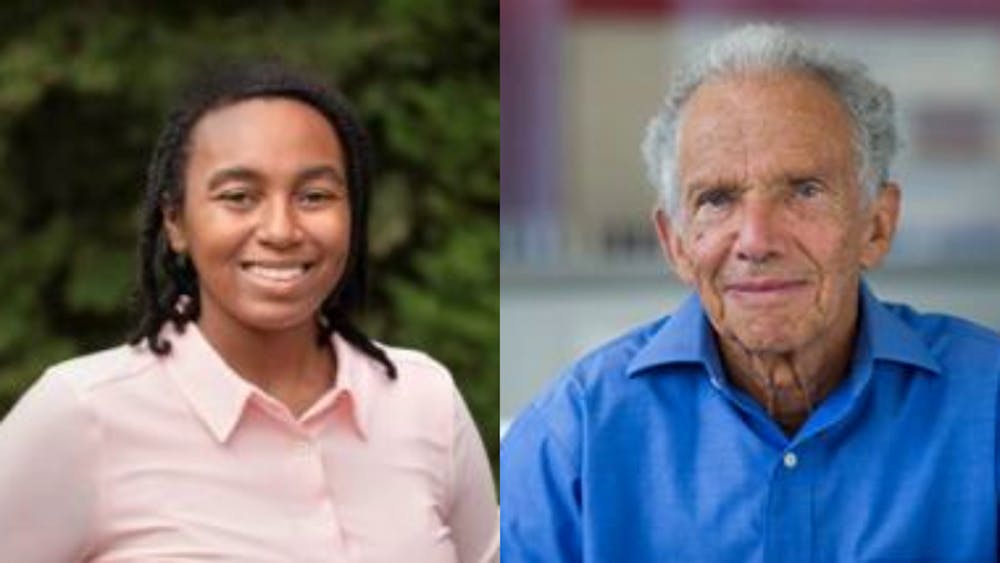In a recent study, psychology professor Joel Cooper and graduate student Logan Pearce tested a new method to boost vaccinations and compliance with masking and social distancing recommendations.
The model targets a subset of the population that acknowledges the importance of following COVID-19 guidelines but fails to follow through in daily life. In order to experimentally manipulate the behavior of this population, Pearce and Cooper used the principle of cognitive dissonance.
“The idea is that when you say that something’s good, you’re reaffirming that that’s something you believe. Once you realize you haven’t done something that’s important to you, this creates a sense of psychological tension,” Pearce said. “Once you have that uncomfortable feeling, people generally want to get rid of that tension ... Often, people end up changing their actions.”
Pearce and Cooper designed their study, titled “Fostering COVID-19 Safe Behaviors Using Cognitive Dissonance,” to determine whether this cognitive dissonance model, which had previously been tested and proven effective in other contexts (such as encouraging more senior citizens to exercise), could be incorporated into public health policy.
“We were hoping to be able to leverage basic social psychological theory into ways in which we could actually help with the public health crisis,” Cooper said.
Putting the theory to the test, Pearce and Cooper sorted 101 study participants into groups, asking the “advocacy” group to advocate for compliance with World Health Organization guidelines, the “mindfulness” group to recall times they had violated guidelines, and the “dissonance” group to do both. A week later, all participants were asked to report changes in their actions following the initial intervention.
Members of the “dissonance” group were more likely than any other group to report significant behavioral changes, confirming Pearce and Cooper’s hypothesis that forcing people to confront the disconnect between their stated beliefs and their personal behavior induces action to fix the inconsistency.
The next step is to incorporate the cognitive dissonance model into public policy. Surveys have shown that 80–90 percent of Americans believe that following COVID-19 guidelines is important, yet only 50 percent act in accordance. Pearce and Cooper point to these numbers to argue that reaching the study’s target population could have a real impact.

In their paper, Cooper and Pearce propose a contest as one way to use cognitive dissonance to change behavior. Citing examples of contests that governments have used throughout the pandemic to encourage COVID-19 safety, as well as the potential for prizes to incentivize participation, Pearce said, “I think it would fit in well and the public wouldn’t really think too much of it.”
Pearce and Cooper said they are fairly confident that once implemented, cognitive dissonance contests could successfully attract participants and bring about better COVID-19 behavior.
The challenge that remains is convincing policymakers to implement measures that focus on such specific segments of the population. After more than 18 months of the COVID-19 pandemic, they argue, targeting population subgroups is the only way to make a difference.
“We’re in this little by little,” Cooper said. “We have pockets of people ... who are resistant to the public safety and public health measures. And they’re resistant for different reasons. We have to do something that finds the different people and treats them in different ways. Cumulatively, this can get us across the finish line.”

Alison Araten is a news contributor for the 'Prince.' She can be reached at aaraten@princeton.edu.








